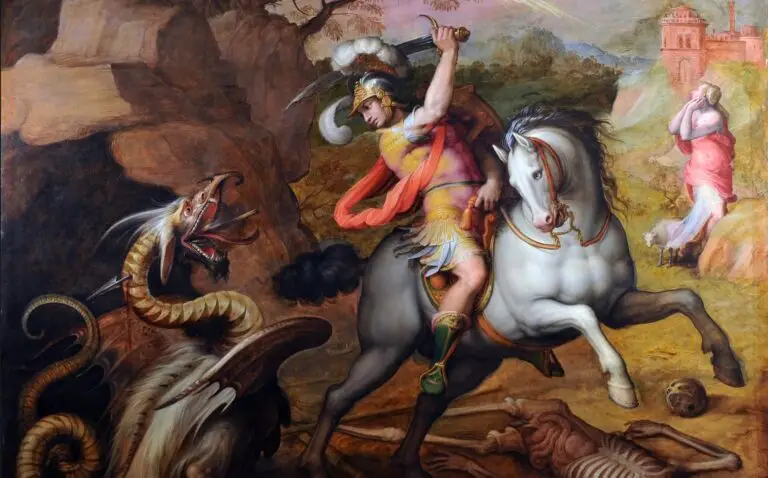Even in documentary production, story elements are essential to keep the audience engaged. How can you “plan” a story when you are documenting real life? How do character, setting, plot, conflict and theme play out in a documentary?
Caine’s arcade is a video about a young boy who built a mini-arcade out of cardboard boxes and supplies around his Fathers used auto parts store in East LA. After a local filmmaker becomes his first customer and decides to tell the world about him, Caine’s inspiring story has become a viral sensation.
In this case, the documentary had a somewhat controlled outcome. The filmmaker created the story arc using the flashmob event. Even though the video relies on unscripted interviews to deliver the information, the film still successfully integrates all of the essential elements that make a great story.
Story Elements in Caine’s Arcade:
Character: We are introduced to a 9 year old boy named Caine, who spends his summer building an arcade game out of cardboard boxes collected from his fathers auto parts store. We learn about his amazing cardboard game creations, attention to detail and general small business savvy. His ingenuity and resourcefulness connects with the audience.
Setting: We learn that Caine’s Arcade is located in his father’s used auto parts business in East Los Angeles. We see his makeshift office, tokens, homemade business cards, t-shirt, and learn of the coveted “Fun Pass” which entitles the lucky holder to a whopping 500 plays. Caine’s unique creations and systems offer a visual feast of cardboard gaming goodness.
Conflict: Even though Caine has put everything into his arcade, he has no customers. Because of the location of his Dad’s used auto parts business, walk-up traffic is non-existent. We watch as Caine sits in front of the store, dutifully working the traffic with his best pitch, only to be passed by. We learn that even the kids at school don’t even respect his effort. At this point, the audience begins to sympathize with Caine. It would be a tragedy for his hard work to go unnoticed.
Plot & Rising Action: Filmmaker Nirvan Mullick stumbled upon Caine’s arcade whille searching for a door handle for his ’96 Corrola. He is so impressed with the operation and baffled that the world may never see and appreciate this amazing effort, that he decides to throw a surprise “flashmob” party to get Caine a few more customers. His father doubts that many people will show up to a little auto parts store in East LA for this. Will people appreciate it enough to show?
Climax: We watches as Mullick promotes the event online and it becomes viral. The audience is suspended in the action as they watch Caine’s face brighten when approaches his arcade buzzing with hundreds of fans. The story peaks as Caine realizes that customers have come, and they are enthusiastically ready to play.
Theme: Caine’s arcade contains a few different themes. Caine’s character shows us that we don’t need much to create something amazing. Sometimes it is the lack of materials that spur creativity. Caine used boxes, old calculators, string and packing tape to create a nostalgic world that would make any cool-seeking hipster stand in awe. Caine did his best work with what he had, and eventually was discovered by the right person who tipped the scale and launched Caine into stardom. It illustrates the point that in the age of social media, if you make something great, people will discover it.
Forbes Magazine recently ran a story titled The Three Economic Lessons of Caine’s Arcade. The first lesson is that no man is an island.
Caine’s ingenuity alone was not enough, he needed a community to flourish….When we hear talk of pulling one’s self up by the bootstraps, it’s important to remember that one pair of boots is rarely enough for success. All the vision in the world amounts to nothing if you have no customers. The internet paves new inroads into niche commerce, bringing human potential and like-minded people together in new and exciting ways.
Caine’s Arcade is important for more than merely the viral nature of the story itself; it shows how the internet community can be tapped into using social media, nostalgia, and some traditional networking. More importantly, the internet is changing how the whole world does business by bringing the whole world closer together.
The End Result
I can’t close this post without mentioning how this story effectively deepens the audiences relationship with the Caine’s Arcade “Brand”. Editing is often referred to as an invisible art. When an editor does a great job, you never notice, because you are sucked into the story . Nirvan does a great job layering and revealing details from during the 10 minute build. After watching the video, it is undeniably hard to shake the sense that you know Caine, his father, and the filmmaker. You feel like you were a part of the celebration. You may even feel entitled to tell people about it.
This is the power of storytelling through video. It doesn’t matter if you are producing a short commercial, full-length documentary, editorial news report, indie drama, or Hollywood sci-fi, story matters in every case. Interesting stories like Caine’s Arcade are everywhere. They become something bigger when someone recognizes them and skillfully tells them. As of this post, the new Caine’s Scholoarship Fund has raised over $170,000.00 and Caine’s Arcade has gained 97,281 fans on Facebook. They are even selling T-shirts.







